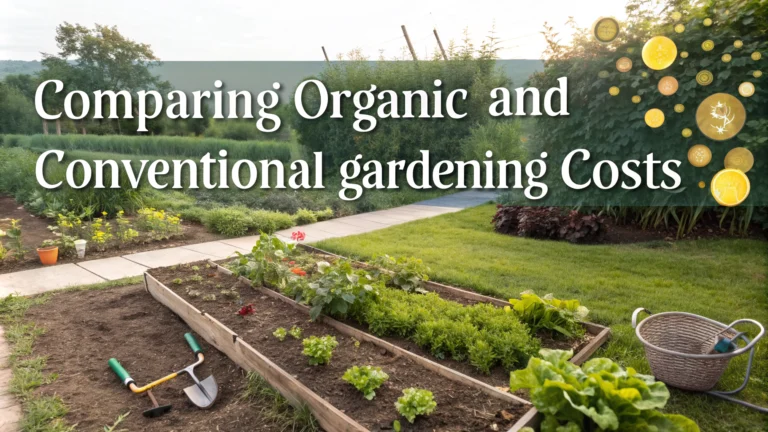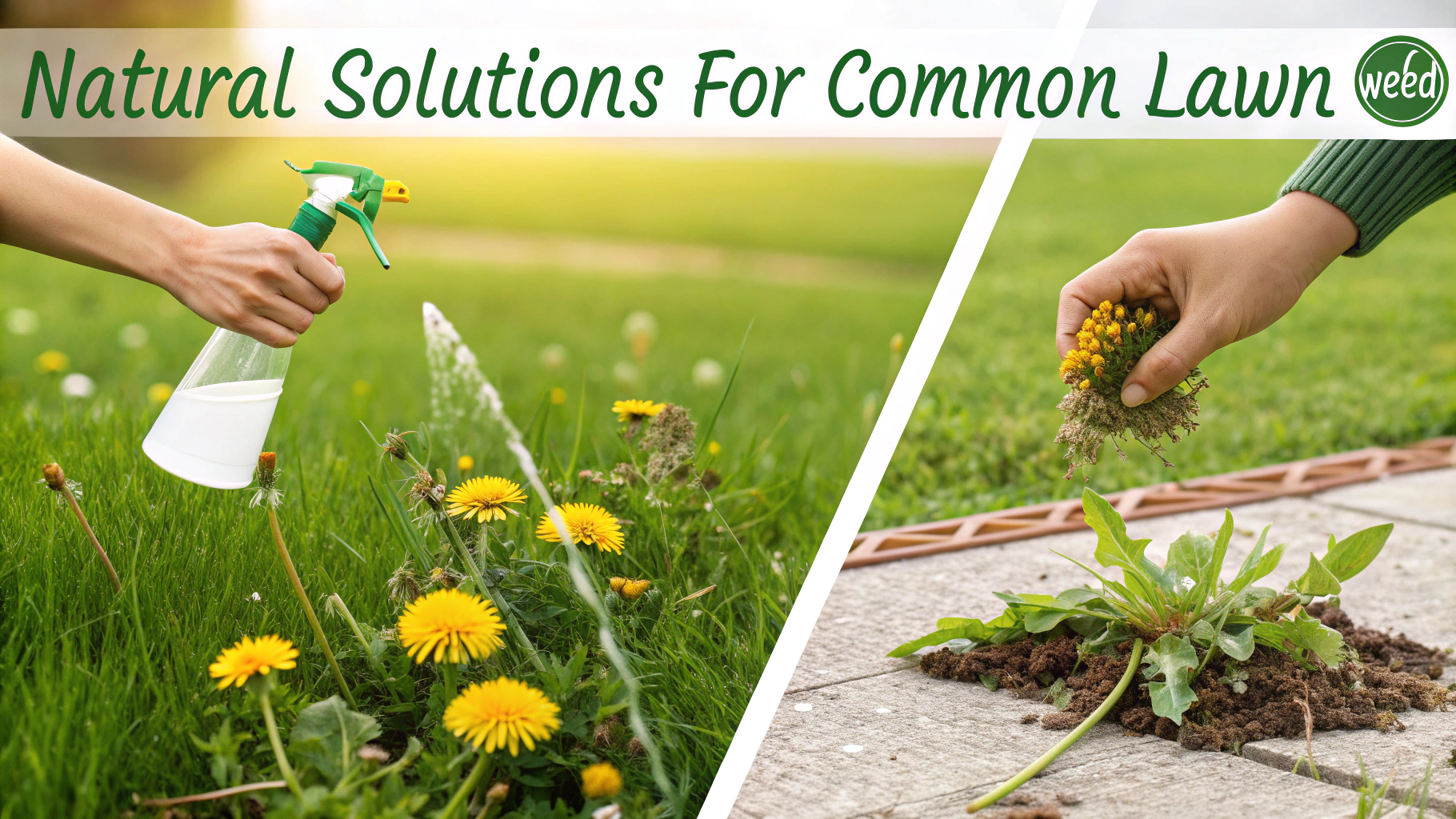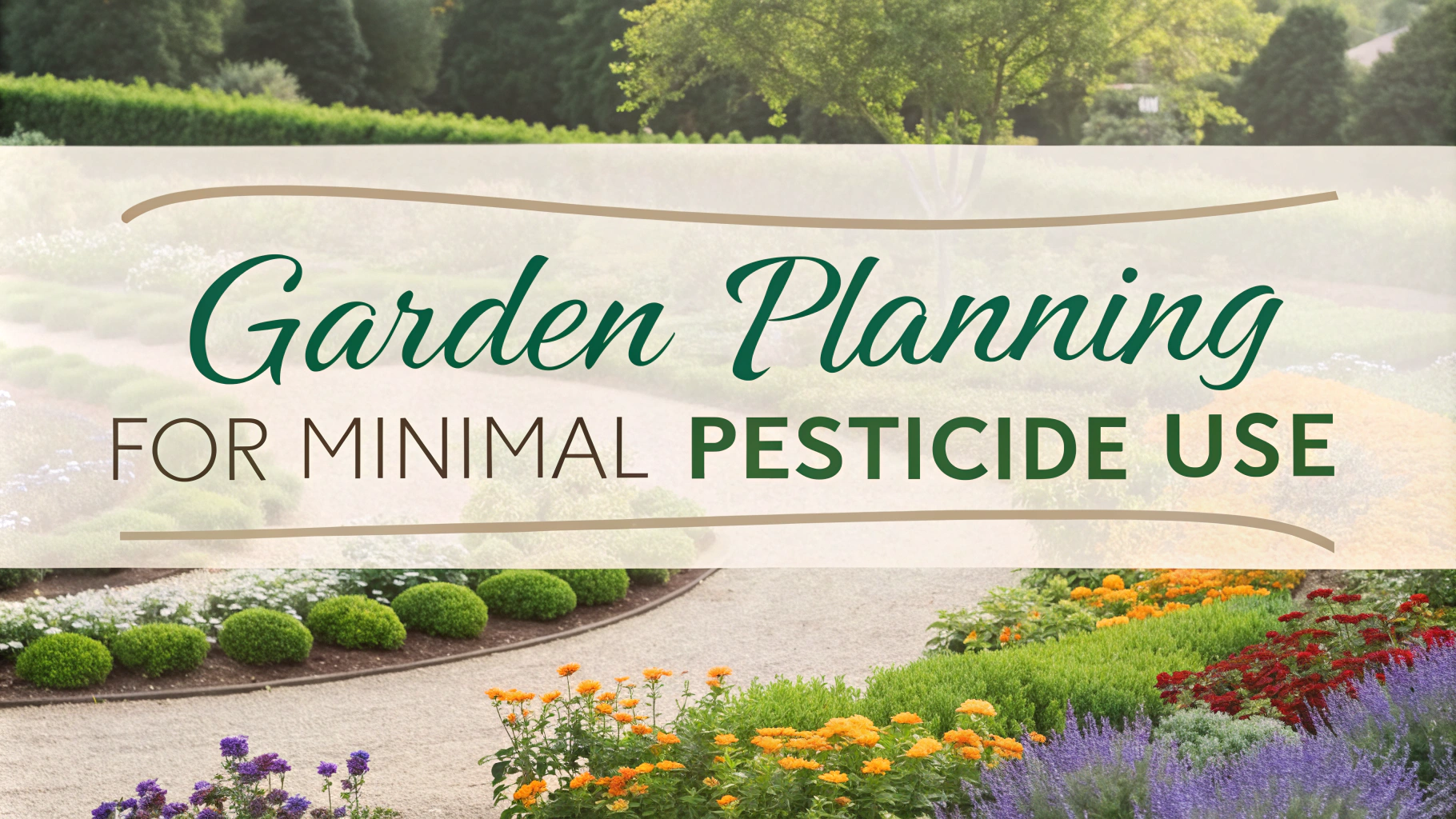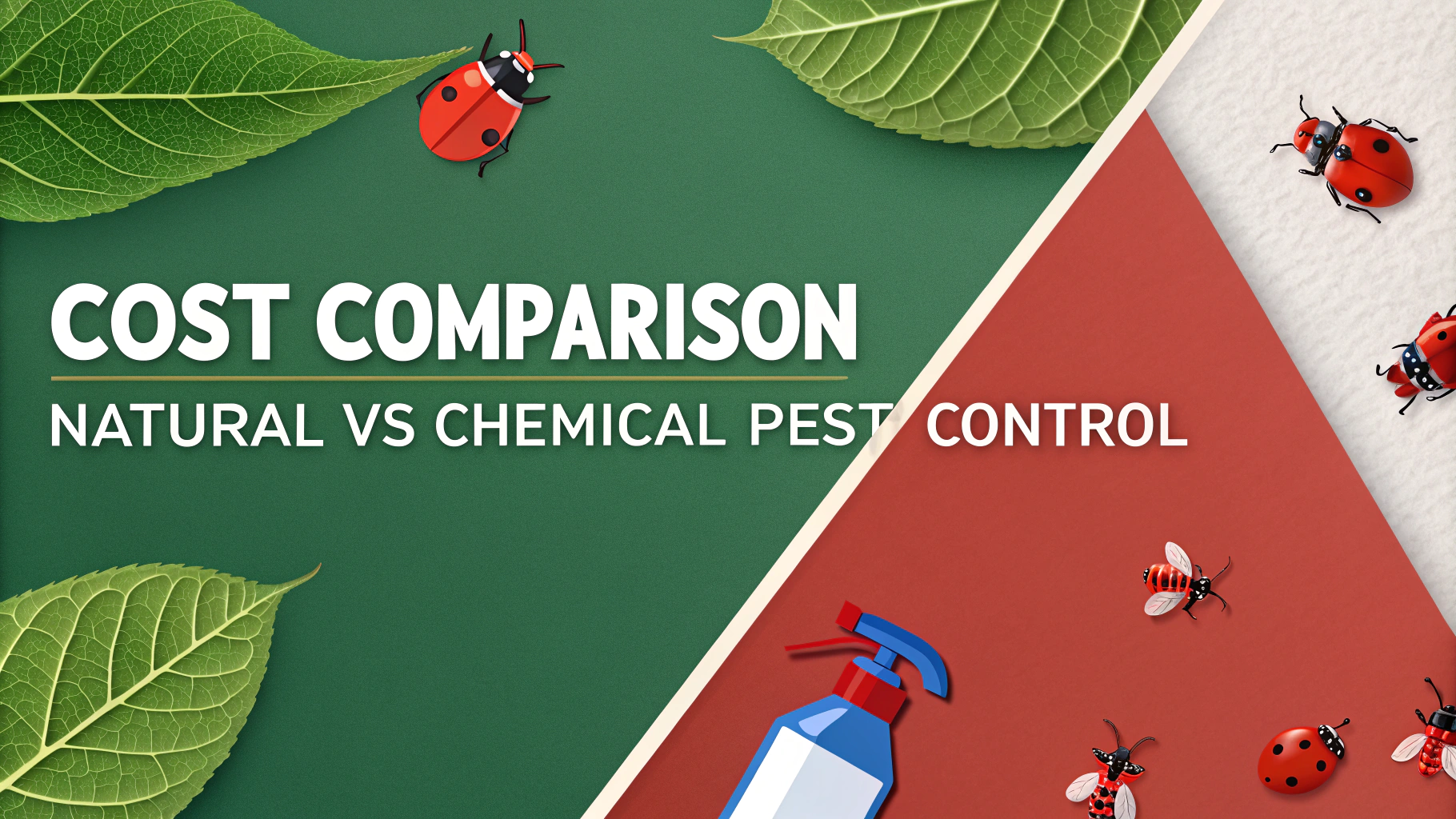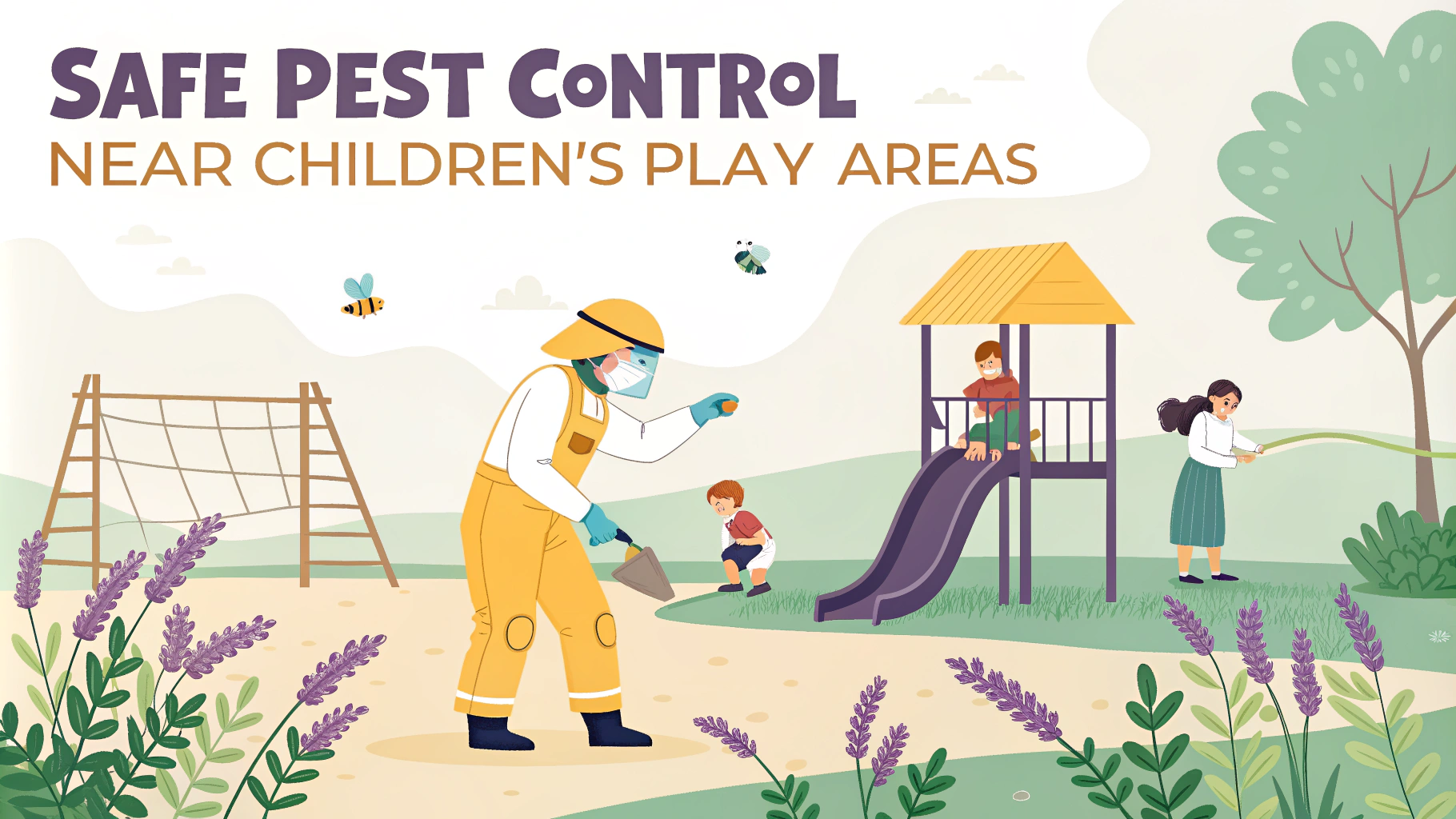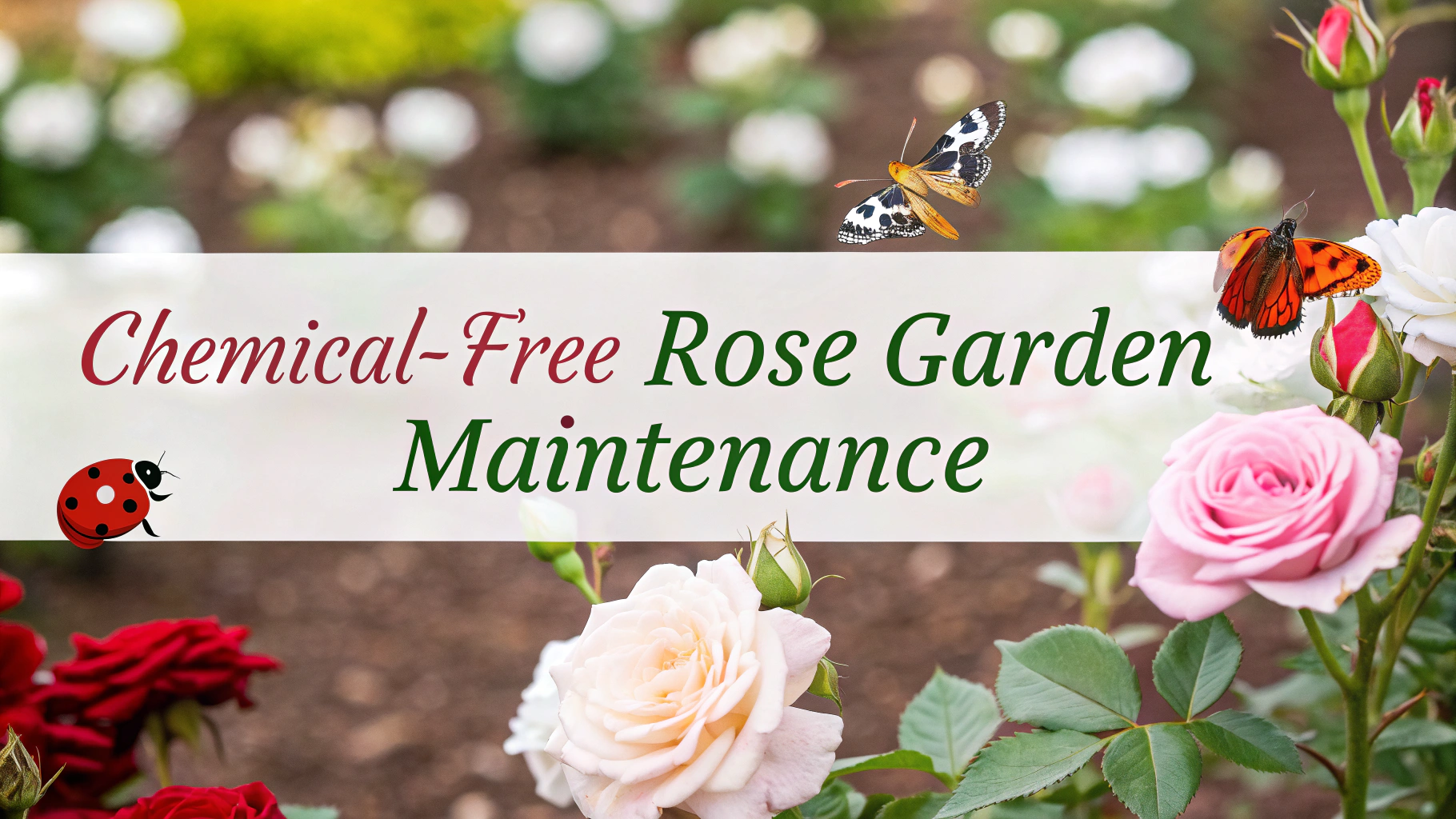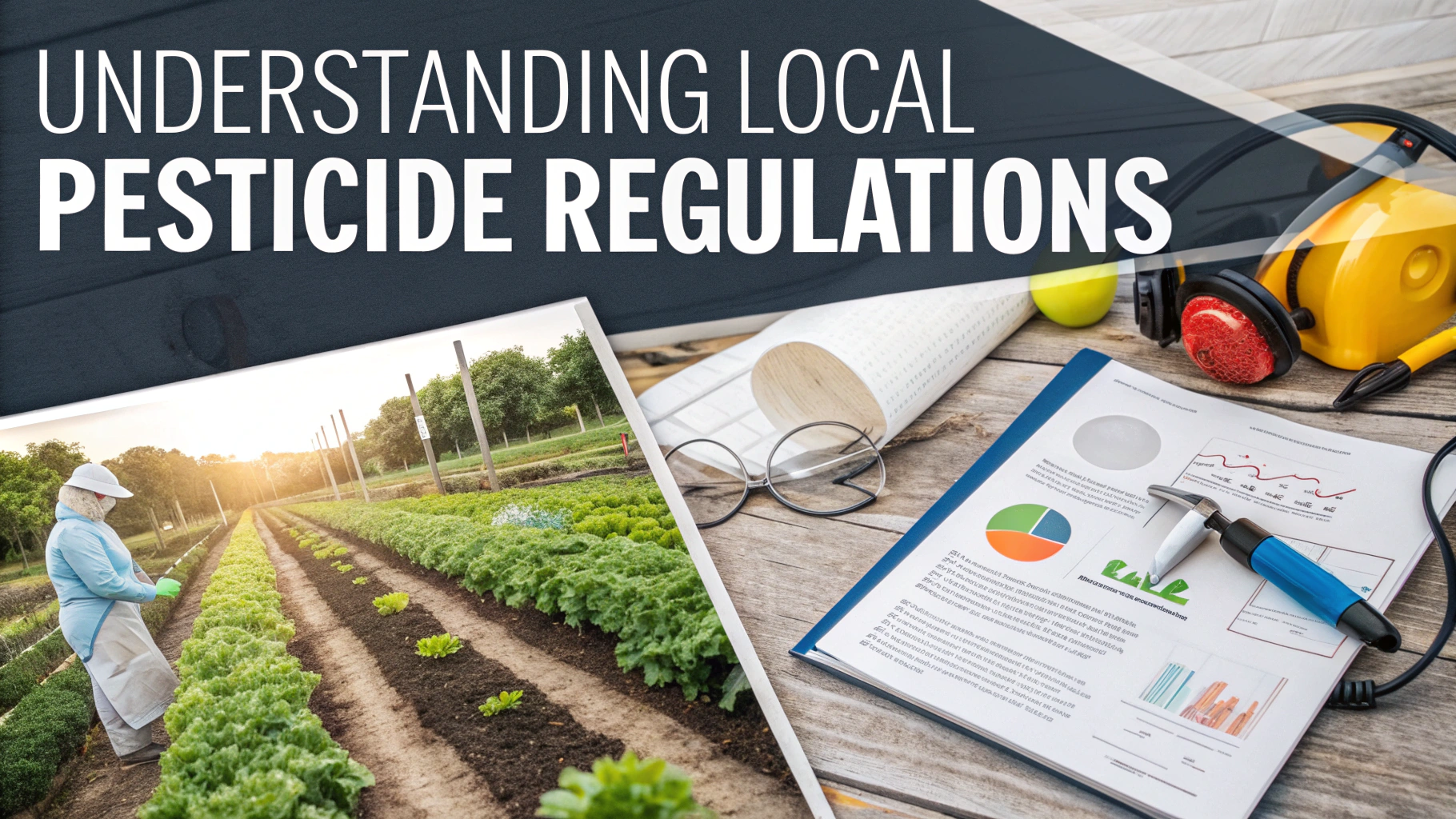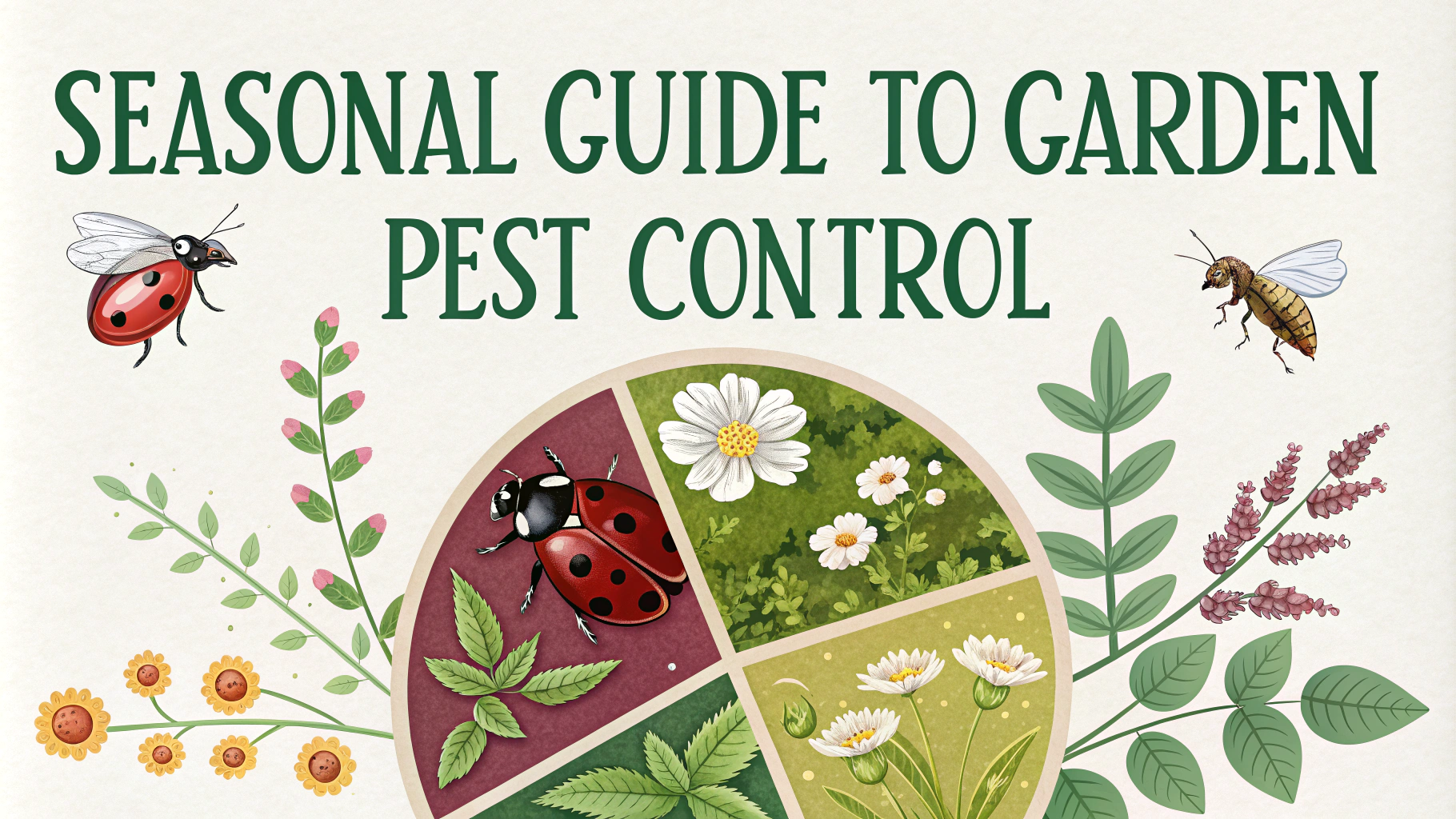Pesticide use represents one of the most significant differences in cost between organic and conventional gardening methods.
Initial Costs Comparison
Conventional pesticides often have lower upfront costs, ranging from $10-30 per bottle, while organic alternatives might cost $15-45 for similar quantities.
Common Conventional Pesticide Costs
- Synthetic insecticides: $8-25 per 32oz
- Chemical herbicides: $15-35 per gallon
- Fungicides: $12-30 per bottle
Organic Pesticide Costs
- Neem oil: $15-25 per 16oz
- Insecticidal soap: $12-20 per 32oz
- Diatomaceous earth: $10-15 per 4lb bag
Long-term Cost Analysis
While organic methods may cost more initially, they often lead to long-term savings through improved soil health and natural pest resistance.
Hidden Costs of Chemical Pesticides
- Soil degradation restoration: $100-500 per season
- Protective equipment: $30-80 per set
- Environmental impact mitigation: varies
DIY Natural Pest Control Solutions
Many effective organic pest controls can be made at home for a fraction of store-bought prices.
| Solution | Ingredients | Cost |
|---|---|---|
| Garlic spray | Garlic, water | $2-3 |
| Soap spray | Castile soap, water | $4-5 |
| Hot pepper spray | Hot peppers, water | $3-4 |
Cost-Saving Tips
- Buy concentrated formulas and dilute as needed
- Practice crop rotation to reduce pest problems naturally
- Use companion planting to deter pests
- Invest in beneficial insects like ladybugs ($15-25 per 1500 insects)
Prevention Methods
Implementing preventive measures can significantly reduce the need for both organic and conventional pesticides.
Cost-effective Prevention Strategies
- Row covers: $10-30 per 25ft
- Sticky traps: $5-15 per pack
- Physical barriers: $20-40 per season
Contact your local agricultural extension office for specific pest management recommendations in your area.
For more information on pest control options, visit the EPA’s Safe Pest Control Guide.
Treatment Frequency Considerations
Application frequency impacts overall costs significantly, with organic solutions typically requiring more frequent reapplication.
Application Schedules
- Conventional pesticides: Every 2-4 weeks
- Organic solutions: Every 1-2 weeks
- Natural predators: Seasonal introduction
Environmental Impact Savings
While harder to quantify, organic methods offer significant environmental cost benefits through preservation of beneficial insects and soil microorganisms.
Ecosystem Benefits
- Pollinator protection: Increased crop yields
- Natural predator preservation: Reduced pest control needs
- Improved water quality: Lower remediation costs
Regional Cost Variations
Pest control costs vary significantly by region due to climate, pest pressure, and local regulations.
| Region | Conventional Annual Cost | Organic Annual Cost |
|---|---|---|
| Northeast | $150-300 | $200-400 |
| Southeast | $200-450 | $300-600 |
| West Coast | $175-375 | $250-500 |
Conclusion
While organic pest control methods often require higher initial investments, their long-term benefits typically outweigh the costs. Through combining preventive measures, DIY solutions, and strategic use of commercial organic products, gardeners can effectively manage pests while maintaining environmental sustainability and financial efficiency.
Successful pest management requires balancing immediate expenses with long-term garden health and environmental considerations. Whether choosing organic or conventional methods, implementing an integrated pest management strategy offers the most cost-effective approach to garden protection.
FAQs
- What is the typical cost difference between organic and chemical pesticides?
Organic pesticides generally cost 20-40% more than conventional chemical pesticides, but require more frequent application, making the total cost potentially 50-100% higher. - Are there any long-term cost savings with organic pest control methods?
Yes, organic methods help build healthy soil and natural pest resistance over time, reducing the need for interventions, while promoting beneficial insect populations that provide free pest control. - How do labor costs compare between organic and conventional pest management?
Organic pest management typically requires 15-30% more labor hours due to increased monitoring, manual removal of pests, and more frequent application of natural treatments. - What are the most cost-effective natural pest control alternatives?
Companion planting, homemade soap sprays, neem oil, and encouraging beneficial insects are among the most economical organic pest control methods, often costing 70-80% less than commercial options. - How much can preventive organic methods save compared to reactive conventional treatments?
Preventive organic methods like crop rotation and beneficial insect habitats can reduce pest control costs by 40-60% over time compared to reactive conventional pesticide treatments. - What is the price difference for treating the same area with organic versus conventional pesticides?
For treating 1,000 square feet, organic pesticides typically cost $20-30 per application, while conventional pesticides cost $12-18, though organic treatments may require 2-3 times more applications. - Do organic pest control methods affect crop yields compared to conventional pesticides?
During the transition period (1-3 years), organic methods may result in 10-20% lower yields, but once the ecosystem balances, yields often match conventional methods while requiring fewer inputs. - What are the hidden costs associated with conventional pesticide use?
Conventional pesticides carry additional costs including protective equipment ($50-200 annually), potential health impacts, soil degradation, and environmental damage to beneficial insects and wildlife. - How do seasonal costs vary between organic and conventional pest control?
Organic pest control costs are typically higher in spring and summer ($100-200 monthly) but lower in fall and winter ($20-50 monthly), while conventional methods maintain steady costs year-round ($60-100 monthly). - What is the cost impact of transitioning from conventional to organic pest control?
Initial transition costs are typically 40-60% higher for the first 2-3 years, but costs generally decrease by 30-50% after establishing a balanced organic system with natural pest controls.
